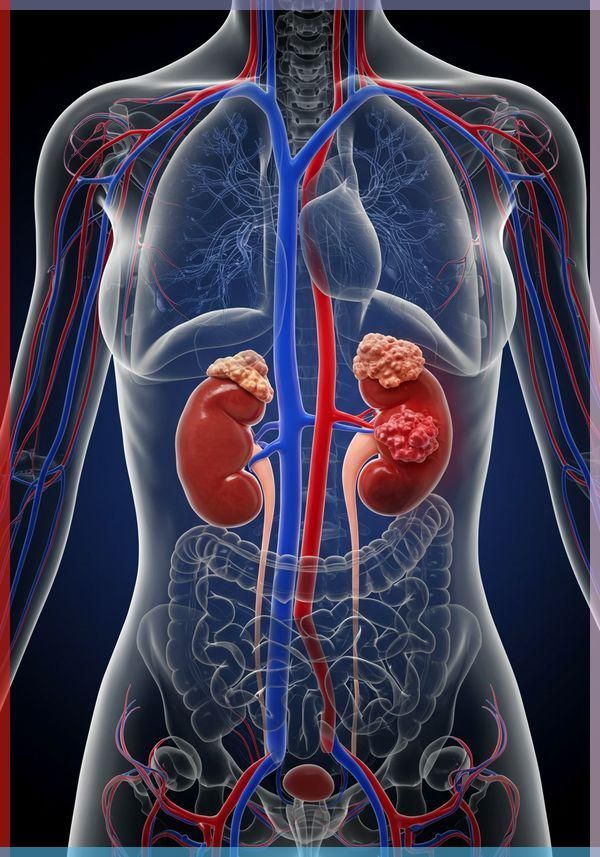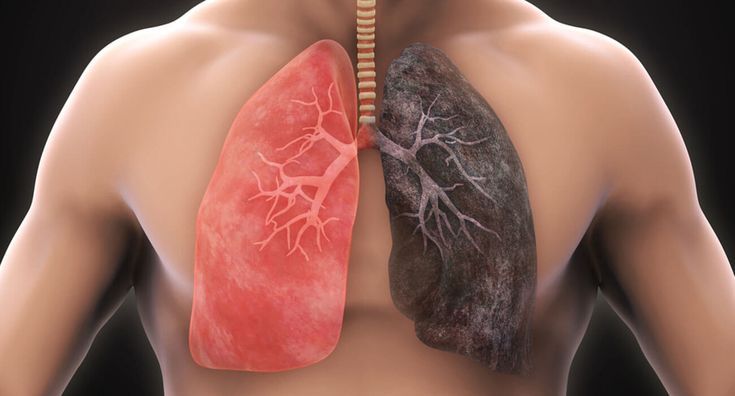
📑 Table of Contents
- Introduction
- Understanding the Kidneys
- What is Chronic Kidney Disease (CKD)?
- Global Statistics and Epidemiology
- Causes of CKD
- Risk Factors
- Stages of CKD
- Symptoms of CKD
- Diagnosis and Testing
- Complications of CKD
- Treatment Options
- Lifestyle Management
- Nutrition and Diet
- Exercise and CKD
- Mental Health and CKD
- CKD in Children and Young Adults
- CKD in the Elderly
- CKD and Cardiovascular Disease
- CKD and Diabetes
- CKD and Hypertension
- Dialysis: A Life-Saving Treatment
- Kidney Transplantation
- Preventing the Progression of CKD
- Public Health and CKD Awareness
- Technological Advances in CKD Management
- The Economic Burden of CKD
- Case Studies and Personal Stories
- Conclusion and Call to Action
Introduction
Chronic Kidney Disease (CKD) is a progressive, often silent condition that affects millions globally. It gradually impairs the kidneys’ ability to perform essential functions, such as filtering waste from the blood, balancing fluids, and regulating blood pressure. Despite its prevalence and severity, CKD often goes unnoticed until it’s significantly advanced. This blog explores every aspect of CKD—medical, emotional, economic, and societal—offering a holistic view of this growing global health concern.
Understanding the Kidneys
The kidneys are two bean-shaped organs located just below the rib cage, on either side of the spine. Each is about the size of a fist and plays vital roles:
- Filtering waste and toxins from the bloodstream
- Regulating blood pressure via renin production
- Balancing electrolytes and fluids
- Producing erythropoietin (which stimulates red blood cell production)
- Activating vitamin D for bone health
What is Chronic Kidney Disease (CKD)?
CKD is defined as *the gradual loss of kidney function over time, lasting three months or longer. It’s usually *irreversible and may progress to end-stage renal disease (ESRD) requiring dialysis or a transplant. CKD is diagnosed based on:
- A decrease in glomerular filtration rate (GFR)
- Presence of kidney damage markers, such as albumin in urine
Global Statistics and Epidemiology
- Over 850 million people worldwide have kidney diseases.
- CKD is the 8th leading cause of death globally.
- More than 10% of adults have some form of CKD.
- Developing countries are disproportionately affected due to late diagnosis and limited access to care.
Causes of CKD
1. Diabetes Mellitus
High blood sugar levels damage the kidneys’ filtering units (diabetic nephropathy).
2. Hypertension
Increased pressure damages blood vessels in the kidneys, reducing filtration capacity.
3. Glomerulonephritis
An inflammation of kidney filters (glomeruli), often immune-mediated.
4. Polycystic Kidney Disease
A genetic disorder causing fluid-filled cysts that replace kidney tissue.
5. Recurrent Kidney Infections and Obstructions
Chronic infections or blockages like kidney stones can scar kidney tissues.
Risk Factors
- Age (over 60)
- Smoking
- Obesity
- Family history
- Use of nephrotoxic drugs
- Ethnicity (African, Hispanic, South Asian populations at higher risk)
Stages of CKD
| Stage | GFR (ml/min) | Description |
|---|---|---|
| Stage 1 | ≥90 | Normal function but evidence of damage |
| Stage 2 | 60–89 | Mild reduction in function |
| Stage 3a | 45–59 | Moderate reduction |
| Stage 3b | 30–44 | Moderate-severe reduction |
| Stage 4 | 15–29 | Severe reduction |
| Stage 5 | <15 | Kidney failure (ESRD) |
Symptoms of CKD
Symptoms are often absent in early stages. When they do appear:
- Fatigue
- Swelling in legs/ankles
- Foamy urine (proteinuria)
- Changes in urination frequency
- Shortness of breath
- Muscle cramps
- Nausea or vomiting
- Poor appetite
Diagnosis and Testing
1. Blood Tests
- Serum creatinine
- Estimated GFR
- Blood urea nitrogen (BUN)
2. Urine Tests
- Albumin-to-creatinine ratio (ACR)
- 24-hour urine protein
3. Imaging
- Ultrasound
- CT or MRI to visualize structure and obstruction
4. Biopsy
To determine underlying cause in certain cases.
Complications of CKD
- Anemia (due to lack of erythropoietin)
- Bone disease and calcium-phosphorus imbalance
- Fluid retention and heart failure
- Electrolyte imbalances (potassium, sodium)
- Uremia (build-up of toxins)
Treatment Options
1. Treating the Cause
- Better glucose control in diabetics
- Blood pressure medications (ACE inhibitors, ARBs)
2. Slowing Disease Progression
- Lifestyle changes
- Medication adherence
3. Symptom Management
- Iron supplements for anemia
- Diuretics for fluid overload
Lifestyle Management
- Quit smoking
- Limit alcohol
- Maintain a healthy weight
- Monitor blood pressure and sugar regularly
- Stay hydrated (within limits)
- Manage stress
Nutrition and Diet
Key Dietary Considerations:
- Low sodium (<2g/day)
- Low potassium (bananas, oranges, potatoes limited in later stages)
- Low phosphorus (limit dairy, nuts, and processed foods)
- Controlled protein intake
- Fluid intake managed in advanced CKD
Consulting a renal dietitian is highly recommended.
Exercise and CKD
- At least 150 minutes of moderate-intensity exercise per week
- Activities: walking, cycling, swimming
- Benefits: lowers BP, controls glucose, boosts mood
Mental Health and CKD
- Depression and anxiety are prevalent.
- Coping mechanisms: counseling, support groups, mindfulness, medication
CKD in Children and Young Adults
- Often caused by congenital conditions or inherited disorders
- Requires pediatric nephrologist care
- Early intervention essential to prevent growth delays and cognitive issues
CKD in the Elderly
- Age-related decline in kidney function is normal
- Need to distinguish between physiological aging and CKD
- Focus on quality of life and co-morbidity management
CKD and Cardiovascular Disease
- CKD increases the risk of heart disease and stroke.
- Vascular calcification and arterial stiffness are common.
- Statins and BP control essential
CKD and Diabetes
- Diabetes is the leading cause of CKD.
- Tight glucose control can slow CKD progression.
- SGLT2 inhibitors now recommended for both glucose and kidney protection.
CKD and Hypertension
- High blood pressure both causes and worsens CKD.
- Target BP: <130/80 mmHg
- Use of ACE inhibitors or ARBs preferred
Dialysis: A Life-Saving Treatment
Types of Dialysis
- Hemodialysis – Blood is filtered through a machine (usually 3 times/week)
- Peritoneal Dialysis – Uses peritoneal lining inside the abdomen as a filter
Challenges:
- Time-consuming
- Expensive
- Risks of infection and complications
Kidney Transplantation
- Best long-term solution for ESRD patients
- Requires donor compatibility
- Life-long immunosuppressants needed post-transplant
- Offers better quality of life than dialysis
Preventing the Progression of CKD
- Early detection
- Control of diabetes and hypertension
- Avoiding nephrotoxic drugs
- Adhering to treatment plans
- Regular follow-up with nephrologists
Public Health and CKD Awareness
- Community screenings
- Health education campaigns
- Early referral systems
- Integration into primary care
Technological Advances in CKD Management
- Telemedicine
- Wearable kidney monitors
- AI-based risk prediction tools
- Improved home dialysis equipment
The Economic Burden of CKD
- CKD costs billions annually in direct and indirect expenses.
- Dialysis and transplant are expensive and limited in access.
- Loss of productivity, especially in working-age individuals
Case Studies and Personal Stories
- Personalizing CKD through stories from survivors, dialysis patients, and transplant recipients
- Shared experiences highlight emotional resilience and coping strategies
Conclusion and Call to Action
Chronic Kidney Disease is both preventable and manageable. With the right education, early intervention, and collective effort from healthcare providers, policymakers, and individuals, CKD can be better controlled or even reversed in early stages. We must:
- Promote routine kidney screening
- Enhance healthcare infrastructure
- Support mental and emotional well-being
- Invest in research and innovation
🔖 Tags:
#ChronicKidneyDisease #CKD #KidneyHealth #Nephrology #Dialysis #KidneyTransplant #PreventiveCare #PublicHealth #RenalCare

